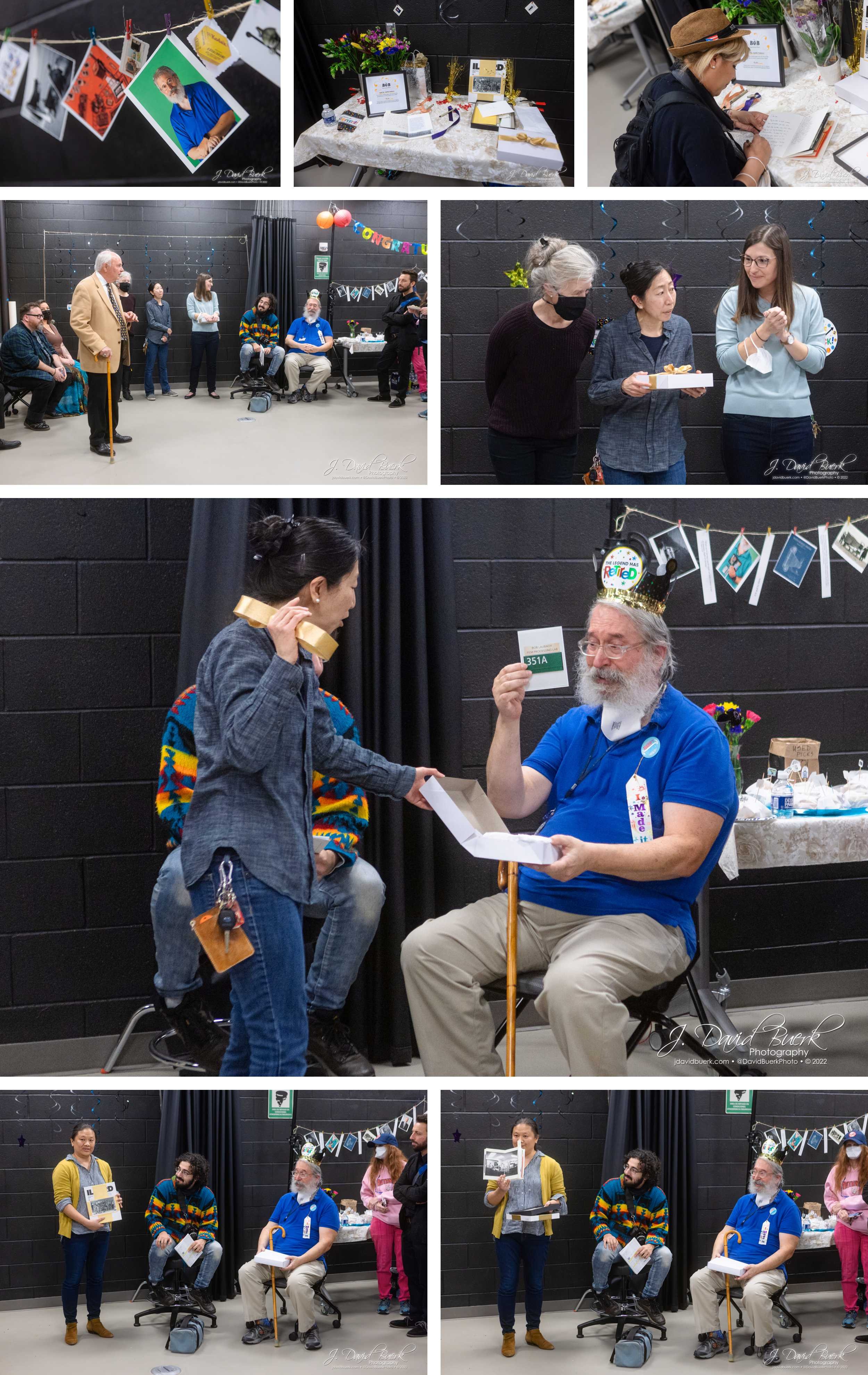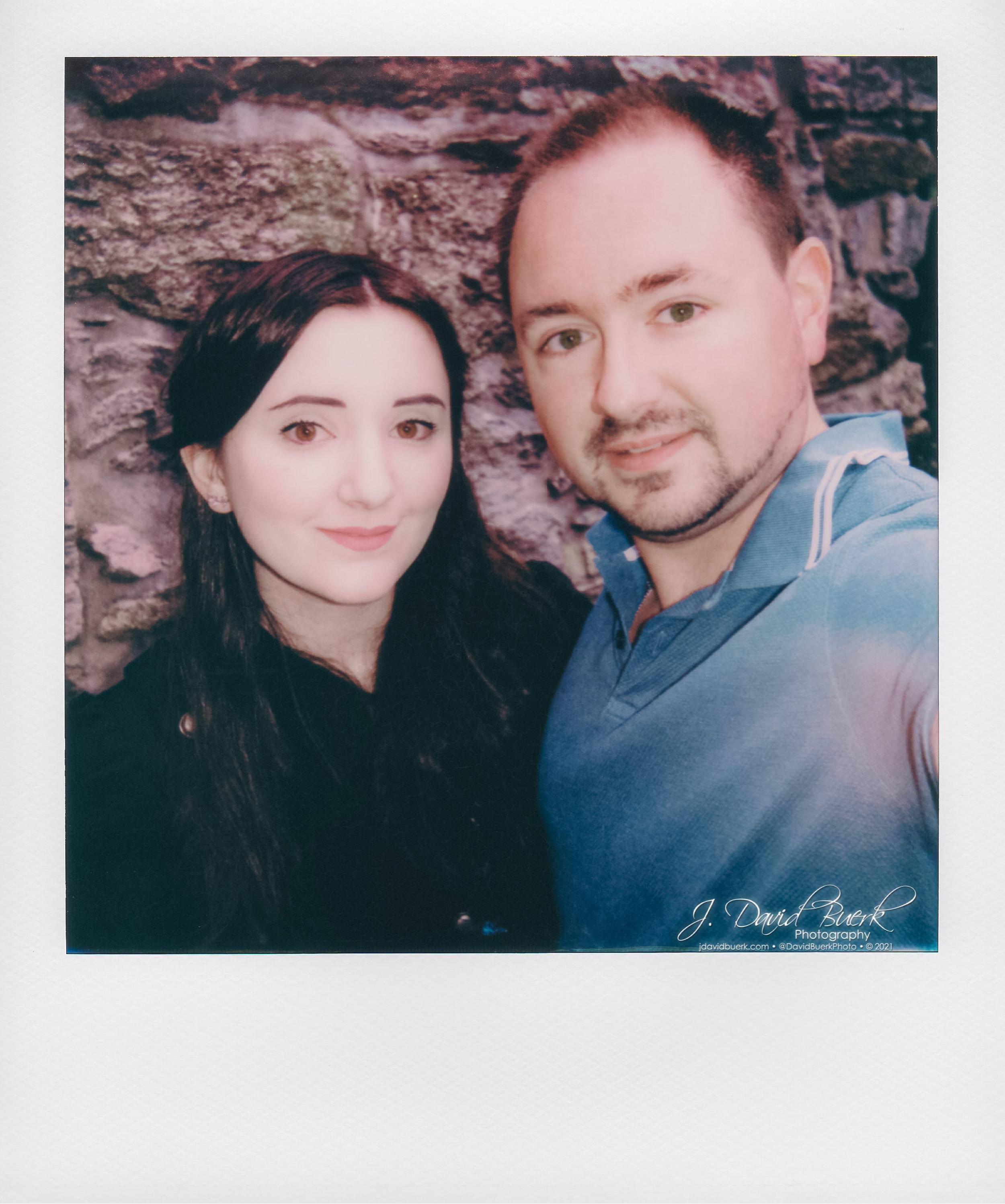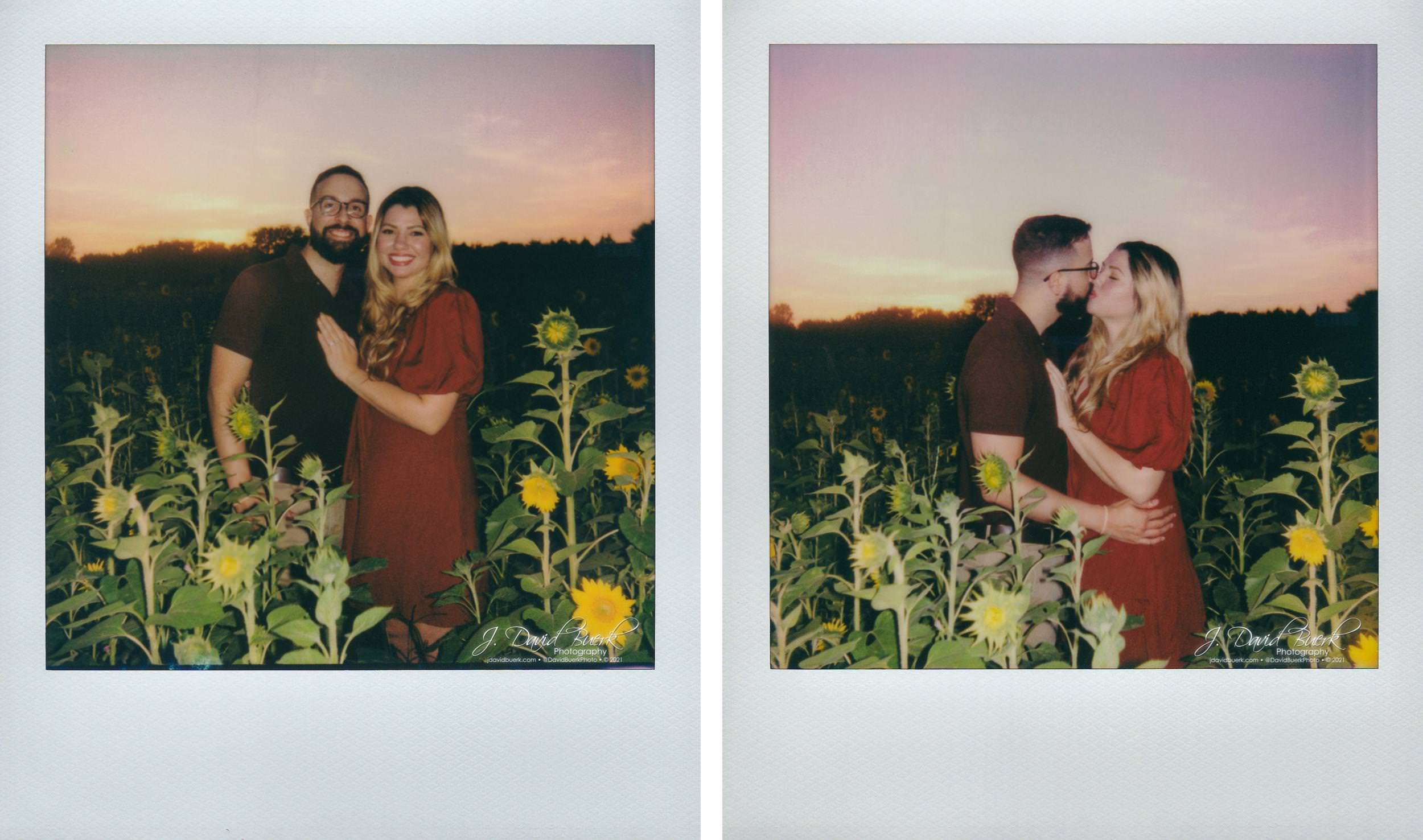Centralia, PA
Centralia is weird; there’s no getting around it. As of 2020, the total population of this once-industrialized mining town is 5. If, like me, you’re into the weird, obscure, odd, and macabre, you’ve probably heard of Centralia. If you haven’t heard of Centralia, let me summarize:
Centralia is on fire. It has been on fire since 1962. And it is expected to be on fire for the next 250+ years.
Dating back to the late 1700s, Centralia was settled in 1841 and officially incorporated 25 years later. Coal was discovered during railroad construction in 1854, which triggered Centralia to boom into existence just like countless other mining towns across the Northeast. In 1890, the single-industry town reached its peak population of 2,761 residents.
Centralia operated as the small mining town it began life as until the 1960s, when the remaining underground coal mining companies shuttered, although bootleg mining of coal reportedly continued illegally until 1982. In its history, Centralia was home to numerous murders, including that of its founder, Alexander Rae. In the mid-to-late-1800s, the Irish secret society, “The Molly Maguires,” had a strong foothold in Centralia, among many other mining towns across Pennsylvania. The Molly Maguires advocated for unionization of miners and improvement of wages and working conditions, often by violent means. Legend tells that the first Catholic priest to live in Centralia, Father Daniel Ignatius McDermott, who was famously assaulted by The Molly Maguires in 1869, cursed the land of Centralia, swearing that St. Ignatius Roman Catholic Church would be the last structure to remain standing in the town.
There is some dispute over how the fire started, but on May 27th, 1962, a fire in the newly-built Centralia landfill was not properly extinguished, and was able to breach the landfill’s fireproof barrier, which had gone unmaintained by the borough responsible for its installation, expansion, and maintenance. As the landfill had been haphazardly dug out of an old coal strip mine, the fire easily accessed veins of coal the strip mine and its underground tunnels had been cut through. In such a coal-rich area, the interconnected veins quickly ignited and spread the smoldering blaze underground across the entire town of Centralia, and into neighboring (and ironically named) Byrnesville.
The Centralia Council mailed the Lehigh Valley Coal Company a letter serving as a legal notice of the fire, however attempted to cover up the fire’s cause in hopes to avoid liability and garner remediation funding and efforts from the Lehigh Valley Coal Company; they described the fire’s cause as “of unknown origin during a period of unusually hot weather.” Tests of the smoke now emanating from cracks in the ground around the landfill quickly indicated carbon monoxide concentrations typical of coal fires, and by August 9th, with still no remediation efforts having been made, lethal levels of carbon monoxide were detected in active coal mines, permanently ending coal mining operations in Centralia the next day; a fatal blow to the town’s lifeblood industry.
Numerous efforts to halt the fire were made in the remaining months of 1962 and into 1963, including digging up projected routes of the blaze, building perimeters around the burning veins, and pumping a slurry of rock and water into burning zones. All efforts failed, due to inadequate funding, scope of work, and haste, with some efforts exacerbating the subterranean fire by introducing oxygen fueling the fire and accelerating its spread.
The fire wasn’t unbeknownst to residents, however the town council of Centralia continued to downplay the fire’s severity until the 1980s, when the problem became too large to proverbially bury any longer. In 1979 John Coddington, then-mayor of Centralia, discovered that the gasoline in the thank beneath the gas station he owned was 172°F (77.8°C). In 1980, Centralia residents began suffering the health effects of carbon monoxide and carbon dioxide poisoning. Famously, on Valentine’s Day, 1981, 12-year-old Todd Domboski fell through a sinkhole into a former mineshaft that had been overcome by the underground fire. Miraculously, Domboski held onto a root and was pulled to safety out of the muddy pit of steam and lethal levels of carbon monoxide by his cousin Eric Wolfgang. It just so happened that when the incident occurred, state officials were meeting with Centralia borough-members, and the state officials witnessed the risks the ever-expanding fire posed to residents.
This would be a turning-point in Centralia’s history, and in 1984 the United States Congress allocated $42 million (equivalent to $105 million in 2020) to relocate residents of Centralia, and neighboring Byrnesville. Most residents took the buyouts and escaped the fire hazard, starting new lives elsewhere in the state and country, but those few that remained would be the last to inhabit the town, as in 1992 Pennsylvania governor Bob Casey condemned all buildings and enacted eminent domain on all properties within Centralia. In 1996 the neighboring logging town of Byrnesville, which also was forced to be abandoned due to the spread of Centralia’s burning coal veins, was flattened, with only a shrine to the Blessed Virgin Mary remaining. The USPS revoked Centralia’s ZIP code, 17927, in 2002, and in 2009, Governor Ed Rendell formally evicted the few remaining residents. By 2013 only 7 residents remained in 2013, and after numerous legal battles, by agreement with the state of Pennsylvania, these remaining individuals are allowed to live out the rest of their lives in Centralia, and their property will be forfeited via eminent domain upon moving or their death. In 2020, only 5 of these residents remain.
Today, Centralia is a ghost-town. Some days one can spot puffs of smoke, steam, and carbon monoxide escaping from cracks and collapsed pits in the town. Most people don’t even know the town once existed, as they drive through on PA Route 61; there are no signs, and almost no buildings remaining - just a small maze of potholed roads with overgrown dirt lots and crumbling foundations if you take the right unmarked turnoff from Route 61.
The only indication that something might be off while driving by Centralia is the chicane Route 61 makes, which is actually a 1mi detour that was built in the 1990s to bypass a burning coal vein beneath the road threatening its collapse. In the mid-2000s this abandoned ¾mi stretch of road began accumulating graffiti, that pace of which picked up in 2007 following the release of the Silent Hill movie based of the eponymous video game which was modeled on Centralia’s disastrous history. This colorful stretch of Route 61 became known as The Graffiti Highway, and was a popular, if not questionably illegal, destination for seekers of oddities and offbeat landmarks.
Father Daniel Ignatius McDermott’s curse may prove true.
The Graffiti Highway
Located adjacent the Centralia cemetery, The Graffiti Highway’s entire ¾mi of pavement and surrounding guardrail was eventually totally covered in spray painted messages and art by visitors leaving their marks to commemorate their visit. My friend and I have wanted to visit for years, to see the spooky, post-apocalyptic ruins of Centralia, and take in the vibrance of The Graffiti Highway; I ideally would have liked to shoot some kind of edgy fashion or car shoot there, as many people have used the splotched terrain as a vivid, polychromatic backdrop.
Sadly, The Graffiti Highway is another victim of the COVID-19 pandemic, as rowdy visitors looking for an escape from lockdown boredom were holding parties and bonfires at the offbeat destination. Pagnotti Enterprises, a Pennsylvania mining company that owns the land, decided they didn’t want the liability, and sought to discourage visitors by covering the highway with 400 loads of dirt to bury the Graffiti Highway, rather than the more appropriate route of preserving it as a designated historic site. This effort was quick, but only time will tell how successful it was; the resulting loss is less boring-dirtpile and more dirtbikers’ paradise.
My friend and I knew we’d missed finally seeing the Highway in its full glory by a mere few months, but we still wanted to see what Centralia is all about - what collector of oddities, visitor of haunted graveyards and ghost-towns, and reader of Atlas Obscura wouldn’t want to experience such a place for themselves? Alongside my camera gear and car detailing bucket, I brought my Polaroid knowing the bright colors, if we found any, would show up great on film.
After our circuitous cruise to Centralia, with a handful of stops, and even purposely driving the wrong direction for quite a few miles in the pursuit of good roads, we arrived in Centralia… but not before missing the turn off Route 61 like I mentioned is so easy to miss - it’s basically a dirt road that looks like it leads nowhere. But after turning off Route 61 you know you’re in the right place because tags start populating even the roads leading into what was once the heart of Centralia, which is just overgrown as nature is already reclaiming the little left of the town. We parked on a dirt road leading into Odd Fellows Cemetery, which borders the tract where the fire originated; although its gate was open, we didn’t enter not knowing who technically owned it, nor who monitored the large security camera aimed at its entrance. Not far from our cars was a monitoring station, with the message carved into its concrete base: DO NOT BACK OVER WITH TOUR BUS.
































































